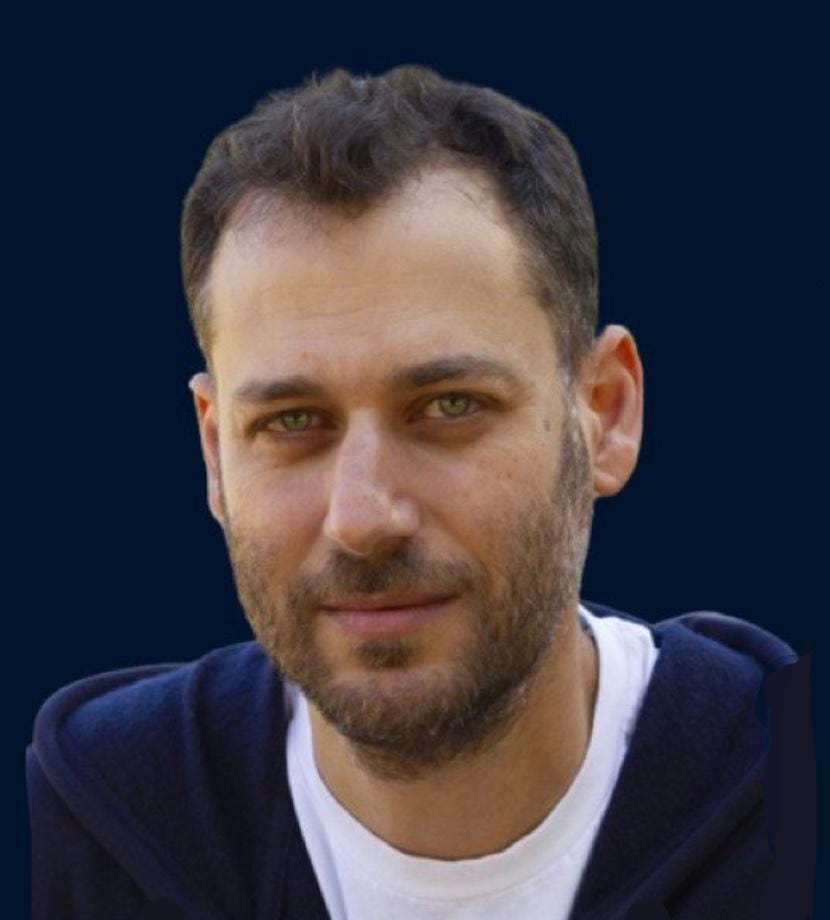In 2015, Tamir Wolf’s wife underwent an appendectomy and returned safely to her Brooklyn home just 12 hours later. Around the same time, Tamir’s boss also underwent appendectomy in New York City, ended up in ICU and nearly died. The variation in surgical outcomes of the same disease was so disparate that it prompted Tamir, a physician himself, to wonder what could be done to create more consistent surgical procedures. He has made Theater maker with the goal of improving surgical outcomes and has since raised $40 million to develop a new software platform that uses computer vision and AI to do so. Their early clients include the Mayo Clinic and four other top medical institutions.
Tamir Wolf, CEO and co-founder, Theator
From a storytelling standpoint, Tamir faced a common challenge for founders with multiple clients. Should he tell the story through the lens of the end beneficiary (the patient), the user (the surgeon) or the institution (the clinical director in the hospital)? All are viable protagonists. In this startup story, we look at the problem through the eyes of all three.
The patient problem
Tamir’s “origin story” involving his wife and boss characterizes the patient’s perspective. Living in a major city in the United States, a person needing surgery expects their procedure to be performed at a consistently high standard. Patients understand that medical care is not perfect, but they believe their surgeons are well trained and experienced and are required to follow the procedure known to be most effective. Most surgeries have been done hundreds of times before, so it would make sense that their surgeon would have learned and applied the best approach. They couldn’t imagine different surgeons using different protocols, including protocols that lead to poorer results on average. The patient expects the best care that today’s medical knowledge would offer. Unfortunately, they often learn that reality looks very different.
The doctor’s problem
Professional baseball players have piles of data and video analytics that tells how they pitch, hit and field. In business, salespeople use tools like Gong to assess communications with their customers and improve performance. For surgeons performing life-saving operations? Not so much. While video captures many surgeries, surgeons lack access to tools that record procedures, analyze performance, and make recommendations to improve methods and protocols. Surgeons are trained in medical school and attend conferences to keep learning, but there is no objective measure to track their daily performance and coach them on ways to improve. And worst of all, they’re probably not aware that they could do better.
The head of department’s problem
Clinical department heads in hospitals strive to provide the same quality care to every patient, regardless of their physician. Department heads wish they could identify and apply the methods most likely to lead to successful surgical outcomes for all. It is challenging to achieve equality in medical care, but it is even more difficult without complete information. They also want to optimize the efficiency of procedures. One doctor takes 20 minutes, while another takes 2 hours for the same procedure. All they have to do are operation reports, which provide only limited insight. So the clinical heads are flying blind. They don’t have the necessary information to tell them if there might be a protocol that has proven to be more successful and productive; and patient confidentiality issues hamper the process even further. These medical leaders don’t have the necessary tools to make each one of their doctors performs to the best of their ability.
Theator of Surgical Intelligence
Theator’s team of more than 50 people in Palo Alto and Tel Aviv is building a software platform to address these gaps. They are building a Surgical Intelligence Platform for hospitals that helps doctors improve their performance. Theater does the following:
Documents procedures while maintaining patient confidentiality — Patient confidentiality is essential, so the Theator platform de-identifies images outside the patient’s body before making them available for review.
Analyzes procedures using AI and computer vision – The platform processes the video, records the surgical process and annotates the most important steps in the process.
Provides insight into methods and procedures – By identifying the best outcomes for the specific procedures that led to them, Theator makes recommendations that can then be applied by all physicians on the ward to improve patient care.
Here’s an example. A recent study of 300,000 hysterectomies revealed significant differences in patient outcomes. One hospital wanted to deliver more consistent results across populations and partnered with Theator’s platform to achieve this. By deploying the Theator platform, the hospital found that ureteral injury was higher in cases where surgeons did not properly examine the ureter during the procedure. With this new information, the department has established new protocols that emphasize the ureter examination. By adopting the new procedure, doctors were 50% more likely to use the correct procedure. As a result, interoperative events for the patients were reduced.
As a budding storyteller, Tamir has chosen to introduce the story with the patient anecdote about his wife and boss, as it is a dramatic and memorable way to capture the attention of his audience. He then quickly shifts to the story from the doctor’s perspective. The core story is told through that lens. The department head’s perspective comes at the end, when sharing the business model.
Theator expects to improve patient health, physician performance and the overall level of care in hospitals. If they fulfill this promise, Tamir’s story should have a happy ending for all three protagonists.
Janice has been with businesskinda for 5 years, writing copy for client websites, blog posts, EDMs and other mediums to engage readers and encourage action. By collaborating with clients, our SEO manager and the wider businesskinda team, Janice seeks to understand an audience before creating memorable, persuasive copy.
